There’s nothing quite like enjoying the fresh breeze while lounging on a beautifully designed patio. Patios transform your outdoor space into an inviting retreat, whether you’re entertaining guests or simply relaxing solo.
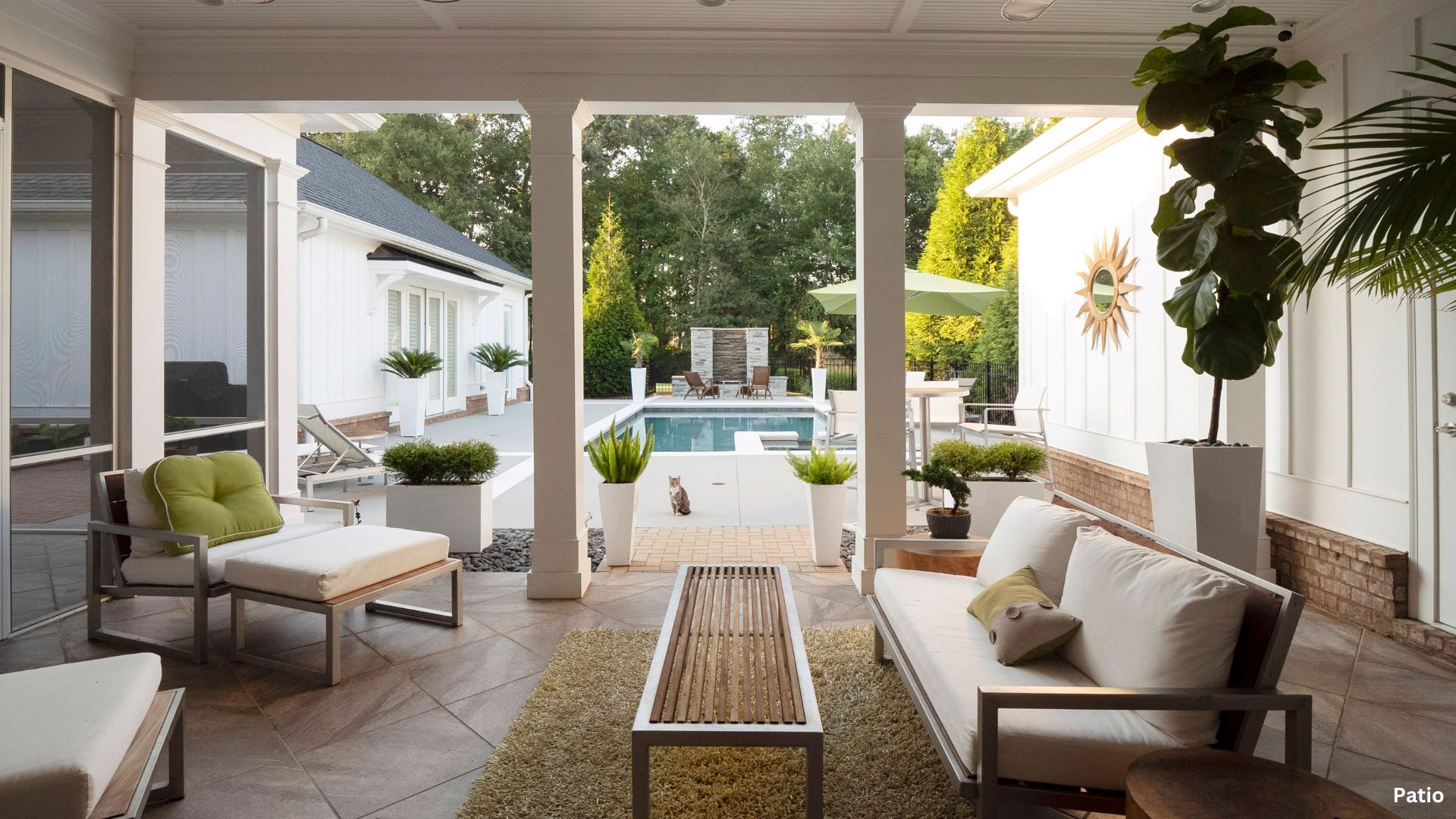
Understanding Patios
Brief Historical Context of Patios
Patios trace their roots back to Spanish and Latin American architecture, where they served as central outdoor courtyards. Over time, they evolved into open-air spaces attached to homes, adapting to modern architectural trends. Today, patios are integral to outdoor living, bringing beauty and functionality to homes.
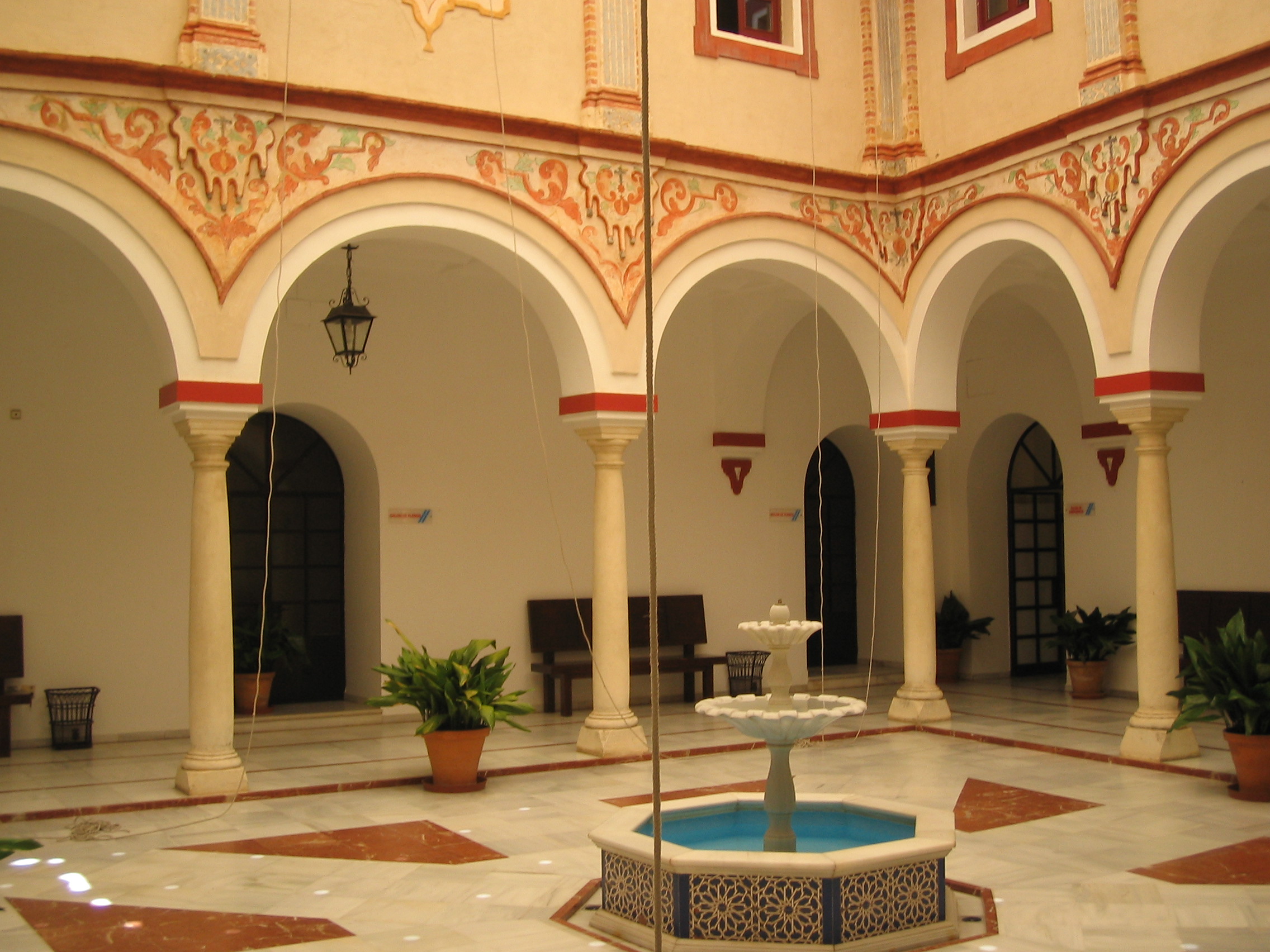
Why Patios Are Trending
Patios have become a popular trend in outdoor living spaces due to their versatility and affordability. They offer the perfect spot for dining, entertaining, or simply relaxing, turning backyards into an extension of the home. With design flexibility and material options, patios can fit any style or budget.
Patio Pros and Cons
When considering enhancing your outdoor space, it’s essential to weigh the patio pros and cons to ensure it meets your needs and expectations. A patio can be a wonderful addition to any home, providing a place for relaxation and entertainment. However, it’s important to understand both the benefits and potential drawbacks before making a decision.
| Pros | Cons |
|---|---|
| Extended Living Space | Cost |
| Increased Home Value | Weather Dependency |
| Outdoor Enjoyment | Maintenance Needs |
| Customization Options | Space Requirements |
| Low Maintenance | Potential for Cracks |
Remodeling a Patio
Initial Considerations
Assessing the Existing Space:
Evaluate the size, location, and current condition of your outdoor space. For instance, a small backyard might benefit from a circular patio design.
Purpose and Functionality:
Decide whether the patio will be used for dining, lounging, or entertainment. An outdoor kitchen, fire pit, or seating area can add value.
Local Zoning Regulations and Permits:
Check with local authorities for zoning laws, permits, and setback requirements before remodeling.
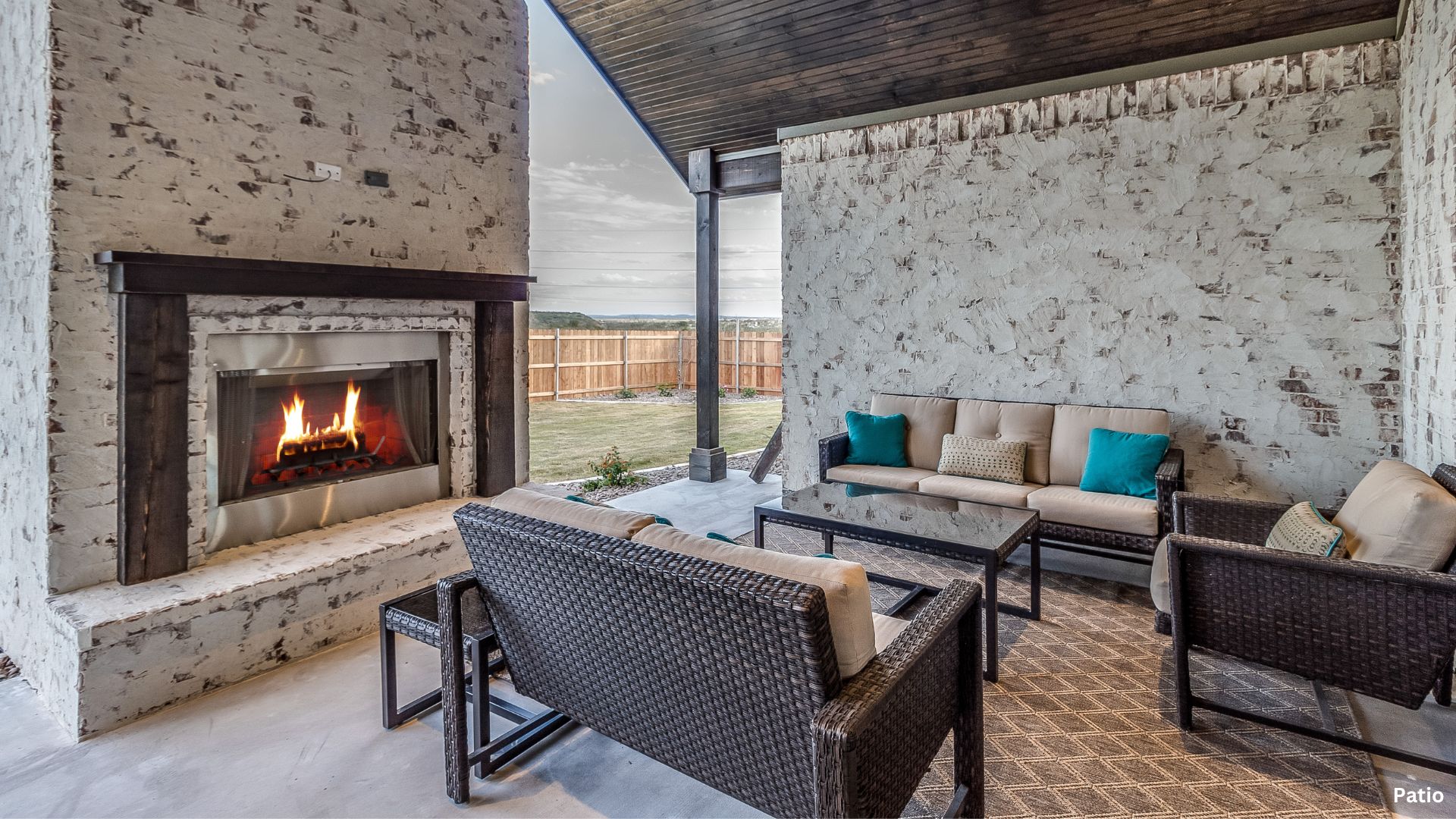
Design Elements
Layout:
Rectangular, circular, and free-form layouts offer varying levels of design creativity.
Levels:
Multi-level patios provide distinct areas for different activities, while single-level designs suit smaller spaces.
Features:
Enhance the patio with an outdoor kitchen, fire pit, pergola, or water feature to boost its appeal.
Professional Help vs. DIY
Hiring a Professional |
DIY Patio Remodel |
| Access to experienced designers for a custom patio. | Complete creative control over design. |
| Faster completion due to a dedicated team and equipment. | Flexible timeline, complete at your own pace. |
| Professional workmanship ensures high-quality results. | Learn new skills and achieve personal satisfaction. |
| Handles permits, zoning laws, and regulations. | Learn local regulations firsthand. |
| Access to industry discounts and quality materials. | Choose materials based on personal preference. |
| Manages entire project from start to finish. | Full control of the entire project. |
| Quick resolution of unexpected issues. | Gain problem-solving skills through practice. |
| Often includes a warranty or guarantee on work. | No warranties, but potential cost savings. |
| Handles complex projects requiring excavation or grading. | Suitable for simpler designs with basic materials. |
| Ensures compliance with safety standards. | Practice safe construction methods. |
Patio Costs and Budgeting
Factors Affecting Costs
- Size and Complexity of Design: Larger patios with intricate designs cost more than small, simple ones.
- Materials Used: High-end materials like natural stone are pricier than concrete or gravel.
- Labor Costs: Professional labor can range from $10 to $30 per square foot, depending on complexity.
- Additional Features: Lighting, heating, outdoor kitchens, and other features significantly affect costs.
Average Costs by Patio Type
- Concrete: Around $6-$15 per square foot for basic designs; finishes like stamping increase costs.
- Pavers: Costs $10-$25 per square foot, with variations based on material and style.
- Natural Stone: Flagstone, slate, and bluestone range from $15-$35 per square foot.
- Gravel: Most affordable at $3-$10 per square foot, suitable for DIY installations.
Budgeting Tips
- Setting a Realistic Budget: Include a buffer of 10-15% for unexpected costs like permits or material changes.
- Cost-Saving Measures: Phase the project, choose budget-friendly materials, or reuse existing structures.
- Hidden Costs to Watch Out For: Soil excavation, grading, and additional drainage could increase project expenses.
Materials for Patios
Concrete
- Characteristics: Durable, versatile, and easy to maintain. Finishes include stamped, stained, or brushed.
- Cost: $6-$15 per square foot for basic designs, up to $30 with elaborate finishes.
- Pros and Cons: Pros include durability and versatility. Cons include cracking and discoloration.

Pavers
- Characteristics: Interlocking pavers are easy to replace and come in various shapes, sizes, and colors.
- Cost: $10-$25 per square foot, depending on material (brick, concrete, stone).
- Pros and Cons: Pros include easy repair and design flexibility. Cons include weeds and uneven surfaces.

Natural Stone
- Characteristics: Flagstone, slate, and bluestone are popular choices, offering unique and natural aesthetics.
- Cost: $15-$35 per square foot, varying based on the stone type.
- Pros and Cons: Pros include unique appearance and durability. Cons include high cost and slipperiness.

Gravel
- Characteristics: Affordable and easy to install, gravel provides a natural look. Types include pea gravel, crushed stone, and river rock.
- Cost: $3-$10 per square foot, depending on the type of gravel.
- Pros and Cons: Pros include affordability and ease of installation. Cons include messiness and instability.

Other Materials
- Composite Decking: Low-maintenance and sustainable, though expensive and prone to heat retention.
- Tile: Suitable for warmer climates, providing a polished finish with excellent durability.
Pros and Cons of Different Patio Materials
|
Material |
Pros |
Cons |
| Concrete | Durable, versatile, and low-maintenance. | Cracks over time, requires periodic maintenance like sealing or staining. |
| Pavers | Easy to repair, flexible in design, and slip-resistant. | Weeds may grow between pavers, uneven surfaces if not installed properly. |
| Natural Stone | Unique, natural appearance with high durability. | Expensive, slippery when wet, and requires professional installation. |
| Gravel | Affordable, easy to install, and suitable for DIY projects. | Messy and not ideal for high-traffic areas. |
| Composite Decking | Low maintenance and sustainable with a long lifespan. | Expensive, and can retain heat in hot climates. |
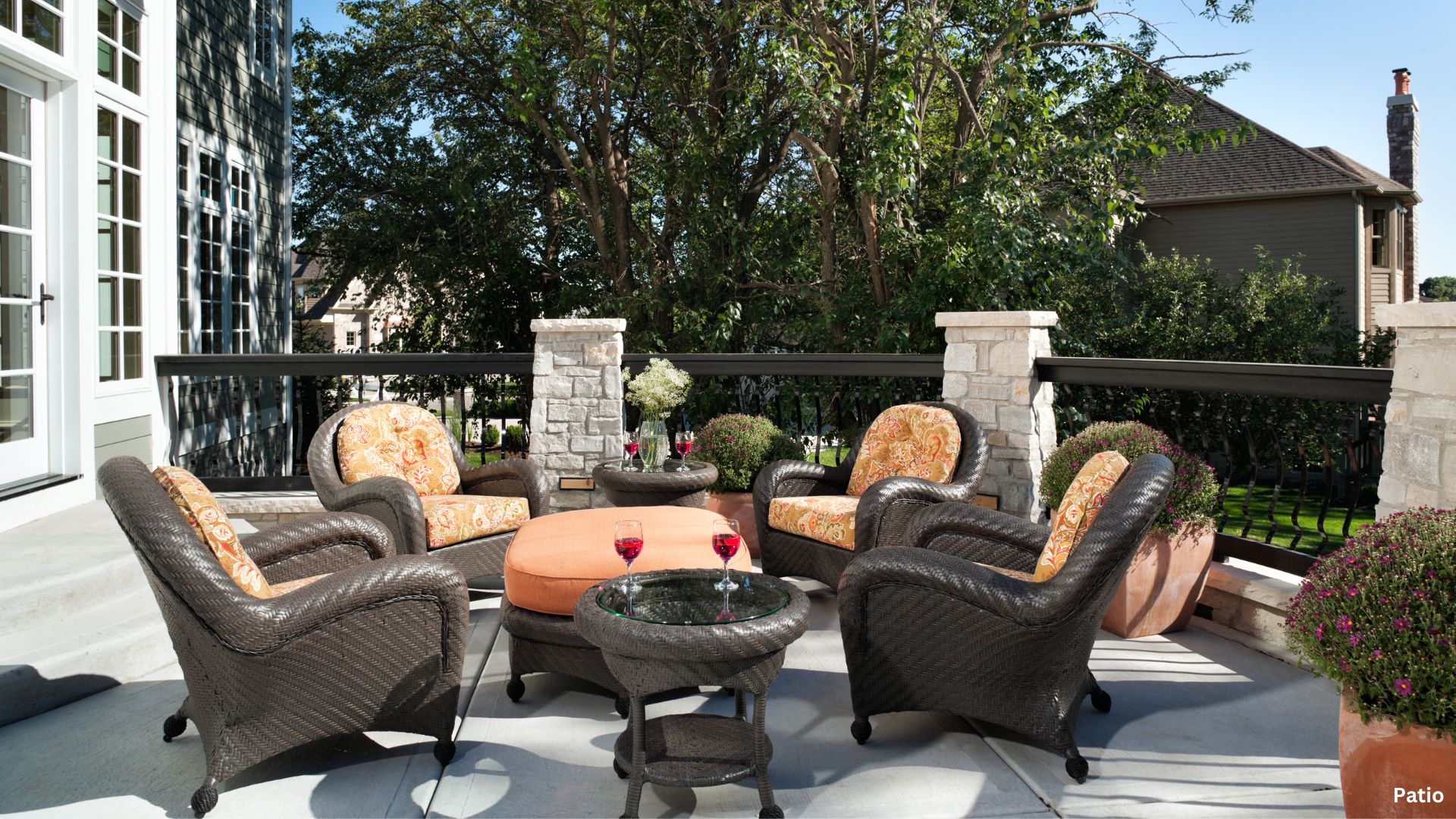
Maintenance of Patios
Regular Cleaning
- Sweeping: Sweep debris regularly to keep the surface clean and prevent stains.
- Washing: Use a garden hose or pressure washer to wash away dirt and moss.
- Removing Debris: Clear leaves and twigs to prevent mold growth.
Sealing and Staining
- Sealing: Materials like concrete, pavers, and natural stone benefit from sealing every 2-3 years.
- Staining: Apply stains to concrete or natural stone for added color and protection.
Repairs
- Fixing Cracks: Fill concrete cracks with epoxy or repair damaged pavers individually.
- Replacing Damaged Pavers: Lift and replace broken pavers to maintain a smooth surface.
- Refilling Gravel: Add new gravel periodically to maintain surface level.
Preventive Measures
- Weed Control: Apply weed killers or place weed barriers to prevent growth.
- Using Furniture Pads: Prevent scratches and dents by using furniture pads or coasters.
- Covering During Winter: Protect the patio from snow and ice by covering it in winter.
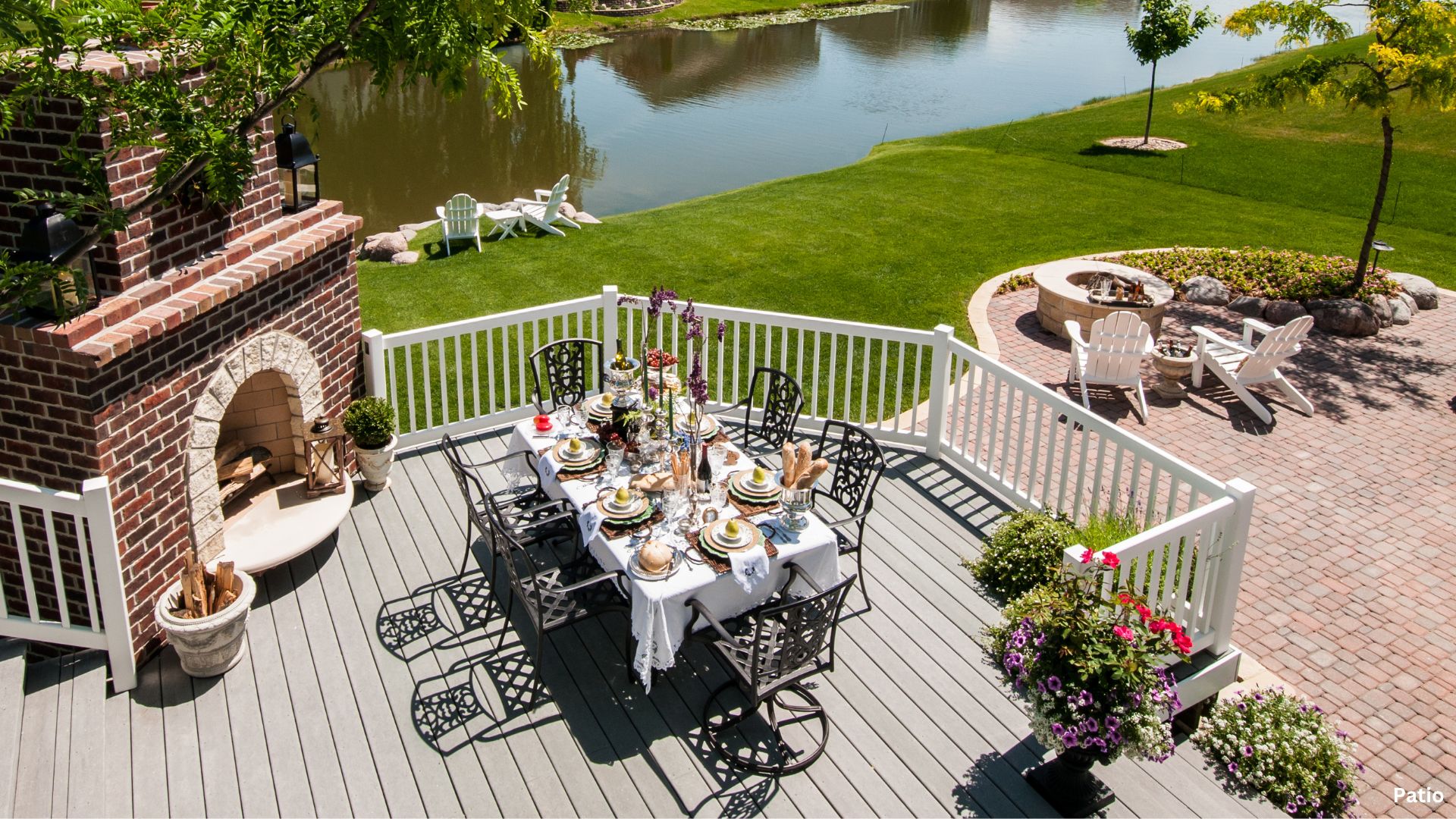
FAQs about Patios
What is the difference between a patio and a deck?
Patios are ground-level paved areas, while decks are elevated structures often made of wood or composite.
Can I install a patio myself, or should I hire a professional?
Simple designs can be DIY, but complex patios require professional assistance.
What is the most cost-effective patio material?
Gravel is the most affordable, followed by concrete, while natural stone is pricier.
How often should I reseal my patio?
Every 2-3 years for concrete and natural stone; pavers might need resealing more frequently.
What are some patio design ideas for a small backyard?
Consider circular or multi-level layouts, built-in seating, or a vertical garden for limited spaces.
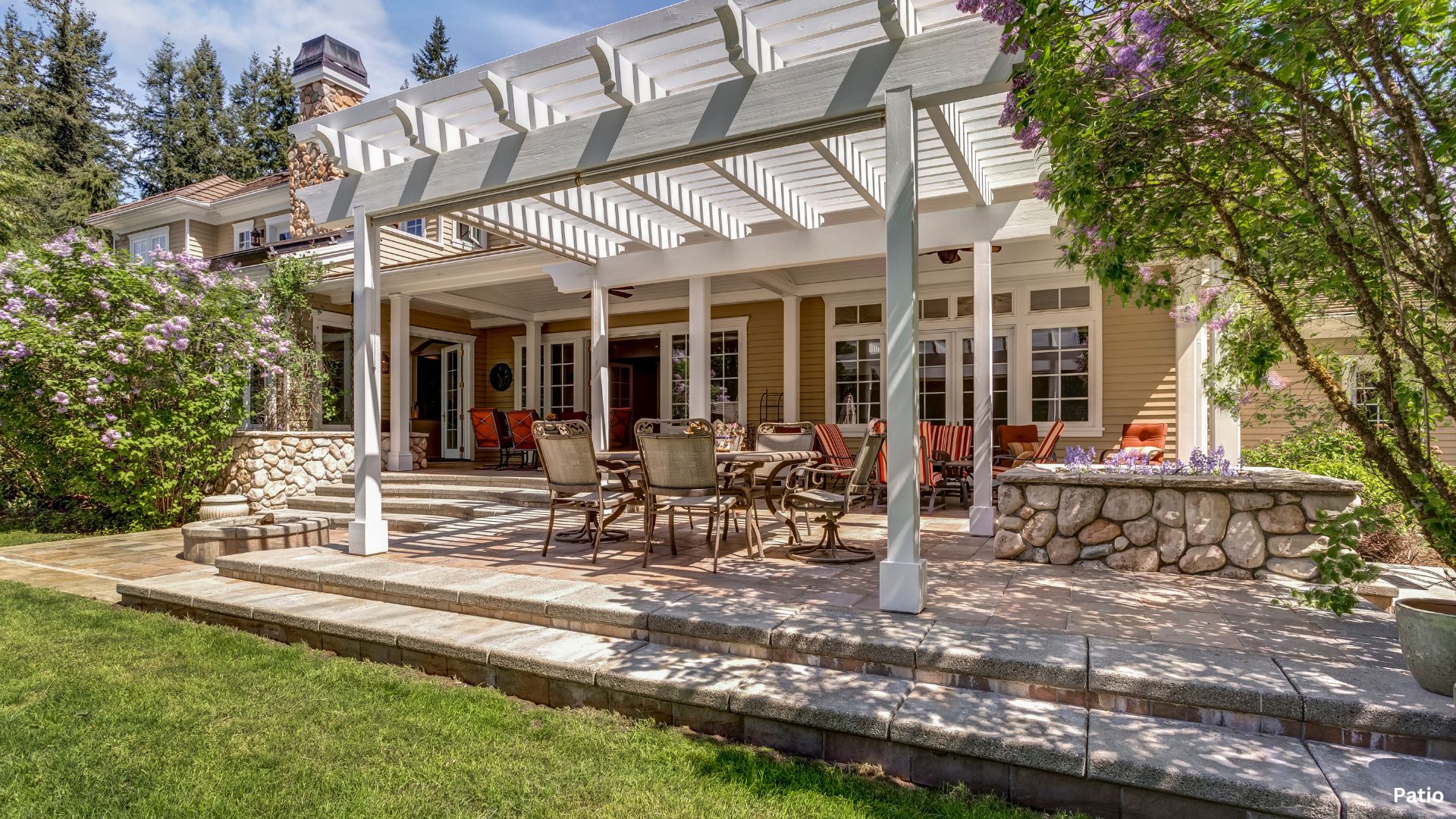
Patios are a valuable addition to any home, offering a versatile and beautiful outdoor space. Whether you want to remodel, build new, or maintain an existing patio, this guide covers it all. Now is the perfect time to start your project and create an oasis tailored to your style.